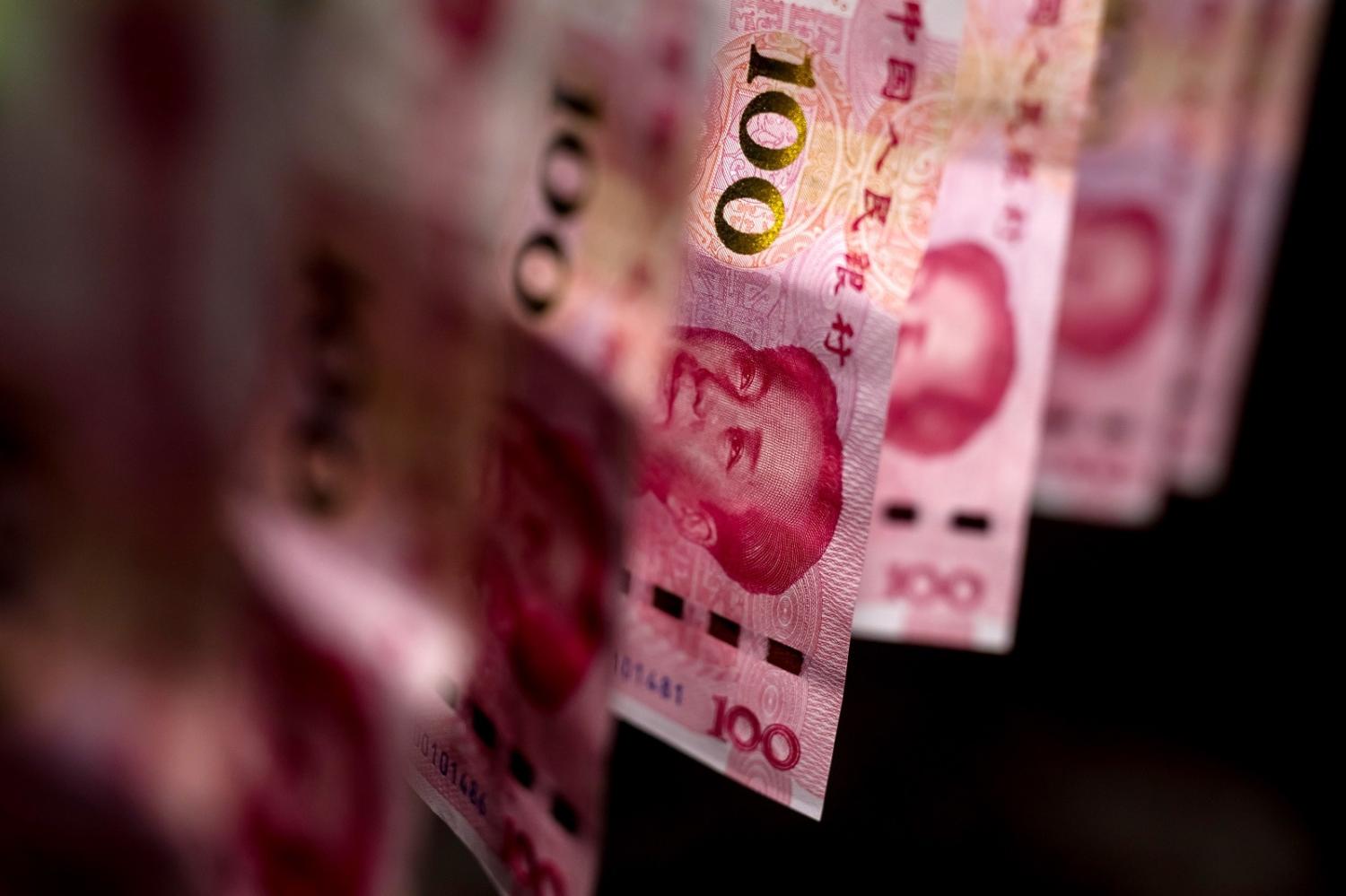China’s economic troubles are prompting concern that the government might weaken its currency in an attempt to export the economy out of trouble. That would see China increasingly drawing on global demand to make up for weak demand at home. All the while, China’s leaders refuse to engage in the consumption-focused demand stimulus that many economists think is needed.
The fear is China will artificially depreciate the RMB, making its exports cheaper on the global market and stifling its demand for imports, widening an annual trade surplus that is still running close to almost 1 trillion US dollars.
Cheaper Chinese imports would help to quell high inflation in most other countries. But it would also threaten the competitiveness of their domestic industries and undermine Western efforts to reduce their import dependence on China – the European Union has recently signaled that cheap Chinese electric vehicles may pose an unacceptable risk to auto manufacturers in Europe. It would also forestall the hopes of many developing economies to capture more of the global manufacturing pie from China.
Yet, China needn’t intervene directly to push its currency down and boost its exports. A weak economy will by itself apply downward pressure on the currency. Since Russia’s invasion of Ukraine, China’s currency has already fallen by 14% against the US dollar. More important, with low inflation (and even deflation) in China but high inflation in the rest of the world, the inflation-adjusted value of the renminbi versus its major trading partners has become even more competitive. It is now at levels not seen for almost a decade and, unlike the bilateral rate against the US dollar, well below its pre-pandemic level (see chart).
Russia’s invasion of Ukraine sent a dramatic price shock through the global economy. This combined with the fiscal stimulus many countries used to combat Covid-19’s negative economic impacts to create the inflationary cycle the world now finds itself in. China was spared due to its lacklustre household consumption support during the pandemic, snubbing of Western economic sanctions against Russia, pandemic lockdowns, and weak economic recovery.
China’s monetary policy consequently stayed loose while most trading partners moved into a sharp tightening cycle. Indeed, the People’s Bank of China cut its one-year loan prime rate in June and August to historic lows in response to weak domestic demand as China’s post-Covid recovery faltered. Contrast that with the synchronised sharp tightening that occurred in most other major economies. For example, the US Federal Reserve has raised interest rates by a staggering 5.25% since March 2022, driving the US dollar’s value to its highest point in years.
Low interest rates in China but high interest rates elsewhere have resulted in a steep decline in the value of China’s currency against not only the US dollar but most of China’s other trading partners, as can be seen by the fall in its trade-weighted exchange rate. Now at roughly $7.20/US$, the RMB is at its second-lowest point against the dollar since China devalued its currency in 2015 (the lowest was during the Covid lockdowns of late last year). Against a broader group of major trading partners, the decline has been less steep though still significant, at around 10% since early 2022.
What really matters for trade, however, is movements in the exchange rate after accounting for differences in inflation. After all, prices for exports and imports depend not only on the exchange rate but also relative price movements between trading economies. While the rest of the world grapples with high inflation, China is experiencing low inflation and even deflation as a result of weak domestic demand. Since Russia’s invasion of Ukraine, China’s trade-weighted exchange rate adjusted for inflation has plummeted and is now well below even the levels seen in 2015 when China’s surprise devaluation sent shockwaves through the world economy.
Thus, China’s currency and its exports are already becoming much cheaper and more competitive as its domestic economy struggles and the rest of the world tries to bring inflation under control.
Indeed, the Chinese central bank and other state-owned banks have recently been intervening in currency markets to hold up, not push down, the renminbi versus other major currencies. China’s policymakers have thus, if anything, been working against the tide, likely out of fear that a sharp fall in the value of the renminbi would have destabilising consequences as it did back in 2015.
China’s policymakers seem caught in a conundrum, unwilling to risk letting the currency fall too much to boost exports nor run the consumption stimulus needed to support domestic demand. That seems to leave only one plausible path forward – allowing a slow and painful adjustment to play out, with depressed demand keeping inflation subdued, or even negative, and in turn making China’s inflation-adjusted exchange rate, and its exports, more competitive.


